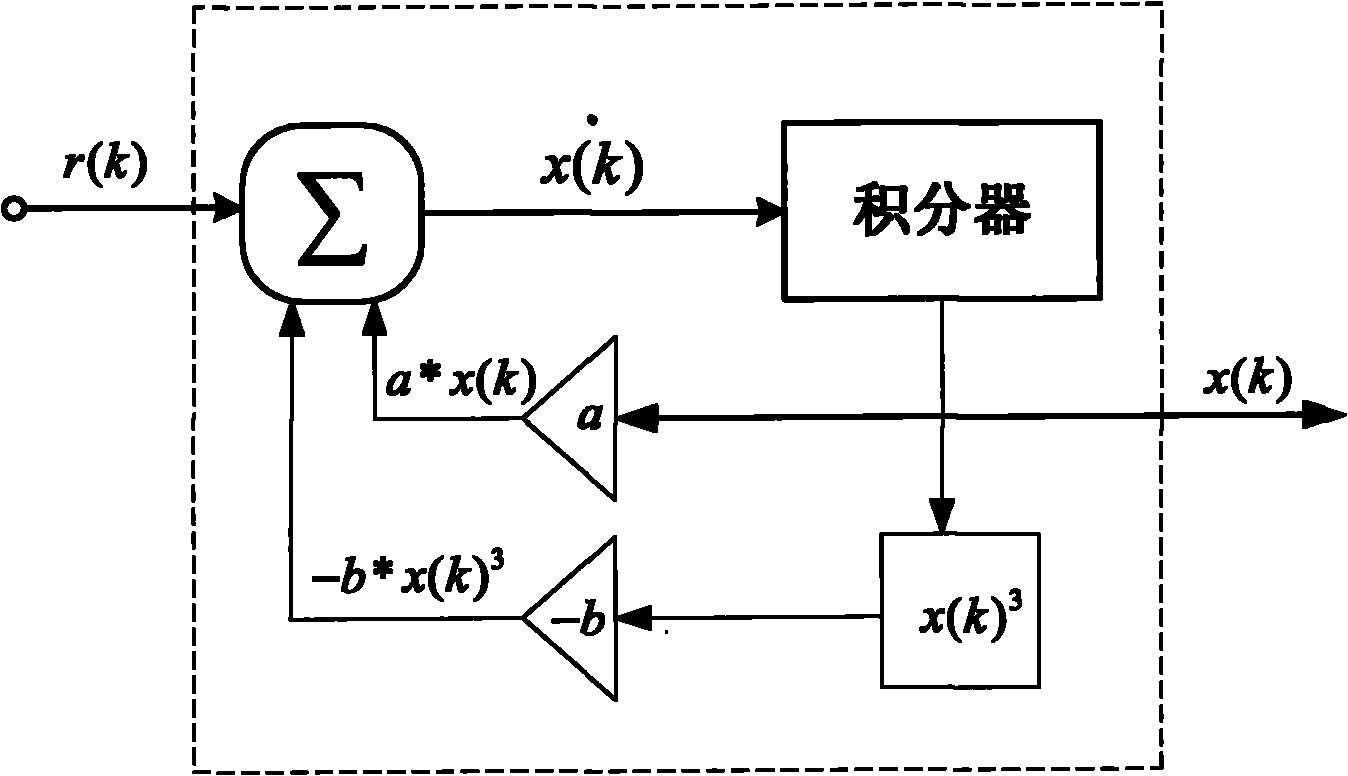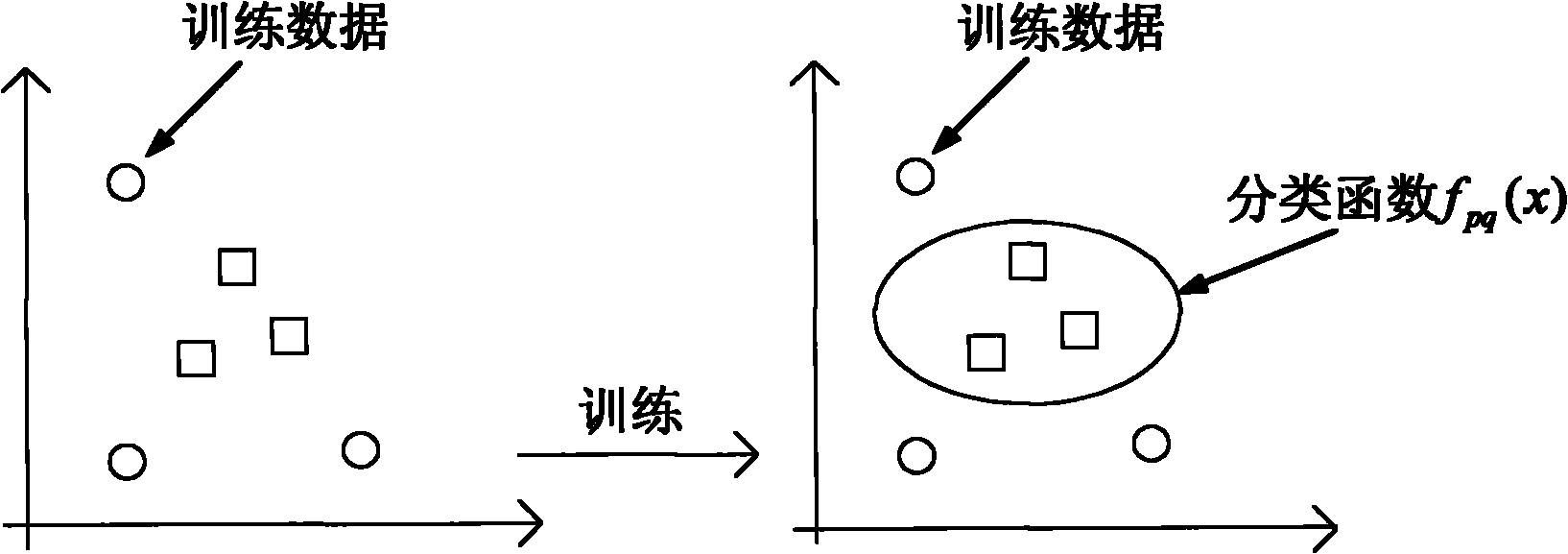Stochastic resonance preprocessing-based digital modulation mode automatic identification method
A modulation method identification and stochastic resonance technology, applied in the field of communication, can solve the problems of complex calculation, poor identification effect, and decrease in the correct identification rate, and achieve the effect of improving the signal-to-noise ratio, fast and accurate automatic identification, and improving the identification rate.
- Summary
- Abstract
- Description
- Claims
- Application Information
AI Technical Summary
Problems solved by technology
Method used
Image
Examples
Embodiment Construction
[0030] refer to figure 1 , illustrating that the implementation steps of the present invention include as follows:
[0031] Step 1. Sampling the received continuous digital modulation signal to determine the sampling frequency f s , get the received discrete signal s(K), sampling frequency f s It is an important factor restricting stochastic resonance technology. If the sampling frequency is too small, the performance of stochastic resonance processing is far from ideal, and if the sampling frequency is too large, the computational complexity of the stochastic resonance system is too high. In the present invention, f s =50.
[0032] Step 2. Normalize the sampled discrete signal s(k) to obtain a normalized signal r(k):
[0033] r ( k ) = 4 a 27 b s ( k...
PUM
 Login to View More
Login to View More Abstract
Description
Claims
Application Information
 Login to View More
Login to View More - Generate Ideas
- Intellectual Property
- Life Sciences
- Materials
- Tech Scout
- Unparalleled Data Quality
- Higher Quality Content
- 60% Fewer Hallucinations
Browse by: Latest US Patents, China's latest patents, Technical Efficacy Thesaurus, Application Domain, Technology Topic, Popular Technical Reports.
© 2025 PatSnap. All rights reserved.Legal|Privacy policy|Modern Slavery Act Transparency Statement|Sitemap|About US| Contact US: help@patsnap.com



